FOMA 32: The Ephemeral In Postwar Italian Society
If the precariousness of the Italian economical situation during the 1950’ was suffocating a series of social and political tension, during the 1960’ a new growth has brought to light a series of internal friction that will rapidly change the country.
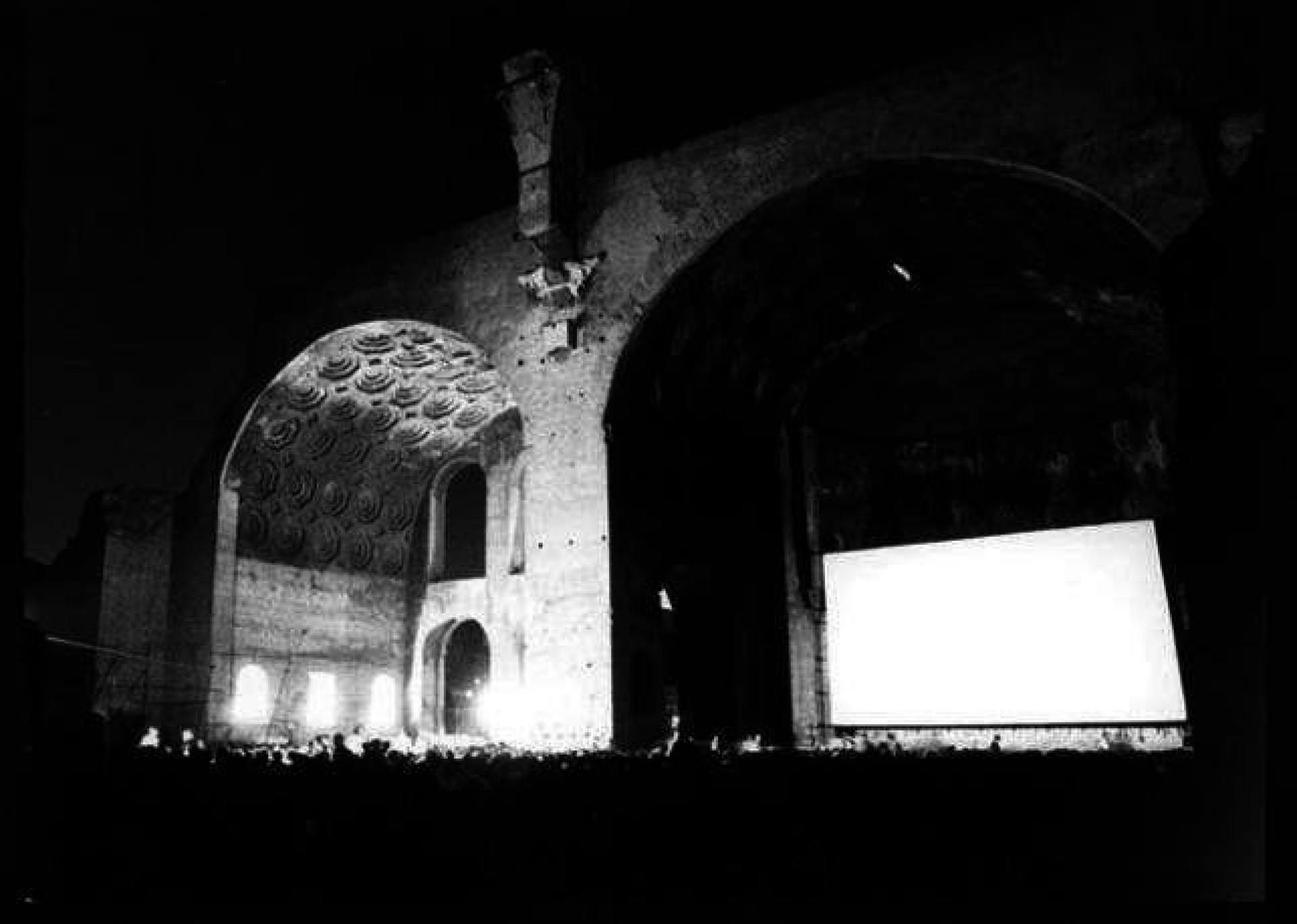
Estate Romana in Basilica Di Massenzio (1977) | Photo via The Walkman
Years of Lead, as there will be defined later, has marked the whole 1970’ as a period of political terrorism. A series of civil massacre has characterized the life in the bigger Italian cities, a constant fear has brought seclusion and distance. Theatre of this nefarious events, the cities will become places to be avoided.

Alberto Burri, Teatro Continuo Milano (1973) | Photo via La repubblica
First issue for the Italian cultural panorama was to reconsider cities as spaces of life: urbanity will be reinterpreted as space for cultural activities. In 1973 the Teatro Continuo of Alberto Burri has been open to the public: a 17x10 m concrete basement created a horizon at the centre of the prospective linking the Castello Sforzesco and Arco della Pace, six steel wings will composing a free scenography. An expression of a new democracy and freedom in art, a new intention in the use of public space. Several experimentation will follow. A year later, Achille Bonito Oliva will propose in Rome an exhibition of contemporary art in Luigi Moretti’s parking of Villa Borghese. The choice will implicate strong considerations about art status and consumption.

Villa Borghese Parking Lot in Rome (1974) | Photo Christina Ghergo

Parking in Villa Borghese by Achile Bonito Oliva and Luigi Moretti (1974) | Photo via Archivio Sartogo
But it is with the phenomena of Estate Romana, with it first edition during the summer of the 1977’ that a clear cultural strategy emerged. Renato Nicolini, head of roman culture department, with the support of Giulio Argan, mayor of the city, will open the gates of the Basilica di Massenzio in order to propose an intense series of cultural proposition. The intersection of high and low culture and the re-use of a forgotten and abandoned monument of the city will be the key of the success for the cultural program.

The 25th August of that year the projection of the film Senso by Luchino Visconti will open the festival that will attract on the street’s thousand of people. Thanks to the great success of the first edition the festival has been repeated for several times and has always work as a platform of remarkable experimentation.

Exhibition of Contemporanea, Villa Borghese 1973/74 | Photo Archivio Sartogo
Particularly interesting has been the edition of the 1979’. Nicolini, with the collaboration of two young architect’s, Franco Purini and Laura Thermes, for the first time tarted spreading around the city. Through four different spot an imaginary space called Parco Centrale has been delimited.
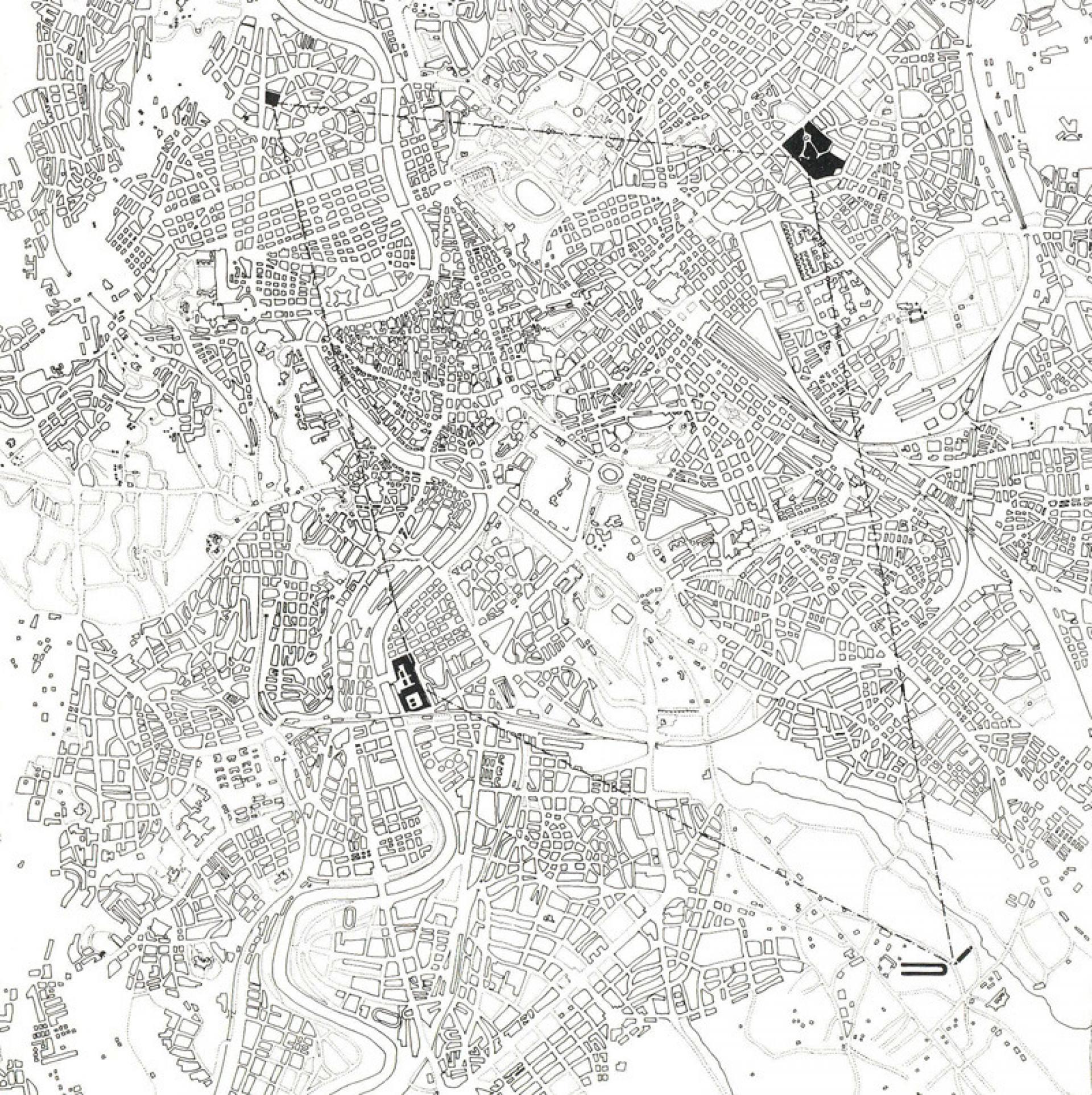

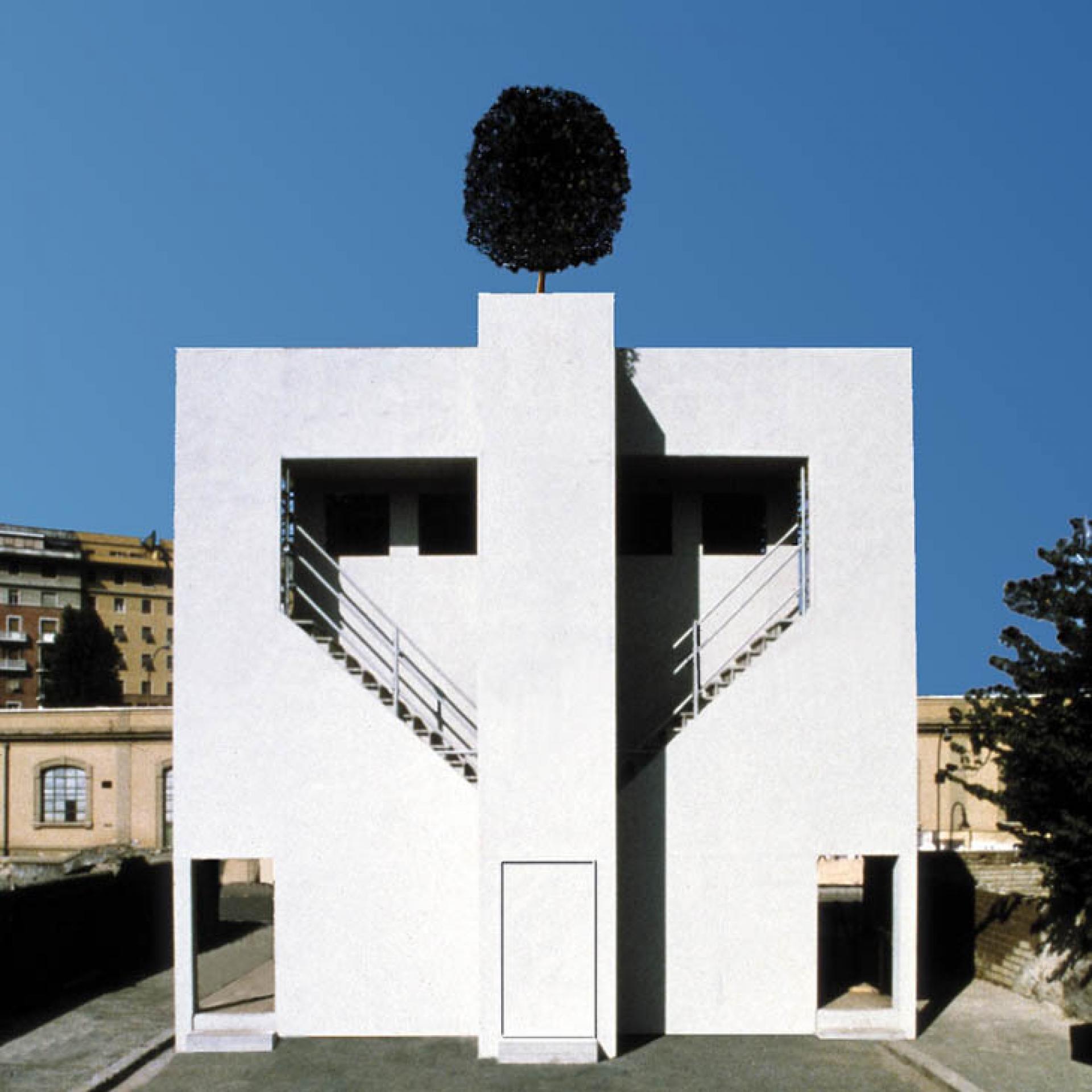
Four spots of Parco Centrale in Rome by Renato Nicolini, Laura Thermes, Franco Purini (1979) | Photo via Polinice, Fondazione Maxxi and BMIAA
Incredible architectonical interventction has created a chain of cultural events around the city, involving abounded symbols of urbanity and generating new flows of life on the streets. What surprise is the preciseness and clearness of the position of Nicolini’s Estate, a political compromise able to create a-political and a-classist event. Other trial of the same year, as the Festival dei Poeti di Castelporziano, organised by Simone Carella, attracting more than 20 thousand people, will just become a manifesto of the extreme left cultural program, participating to the ideological war present at that time.
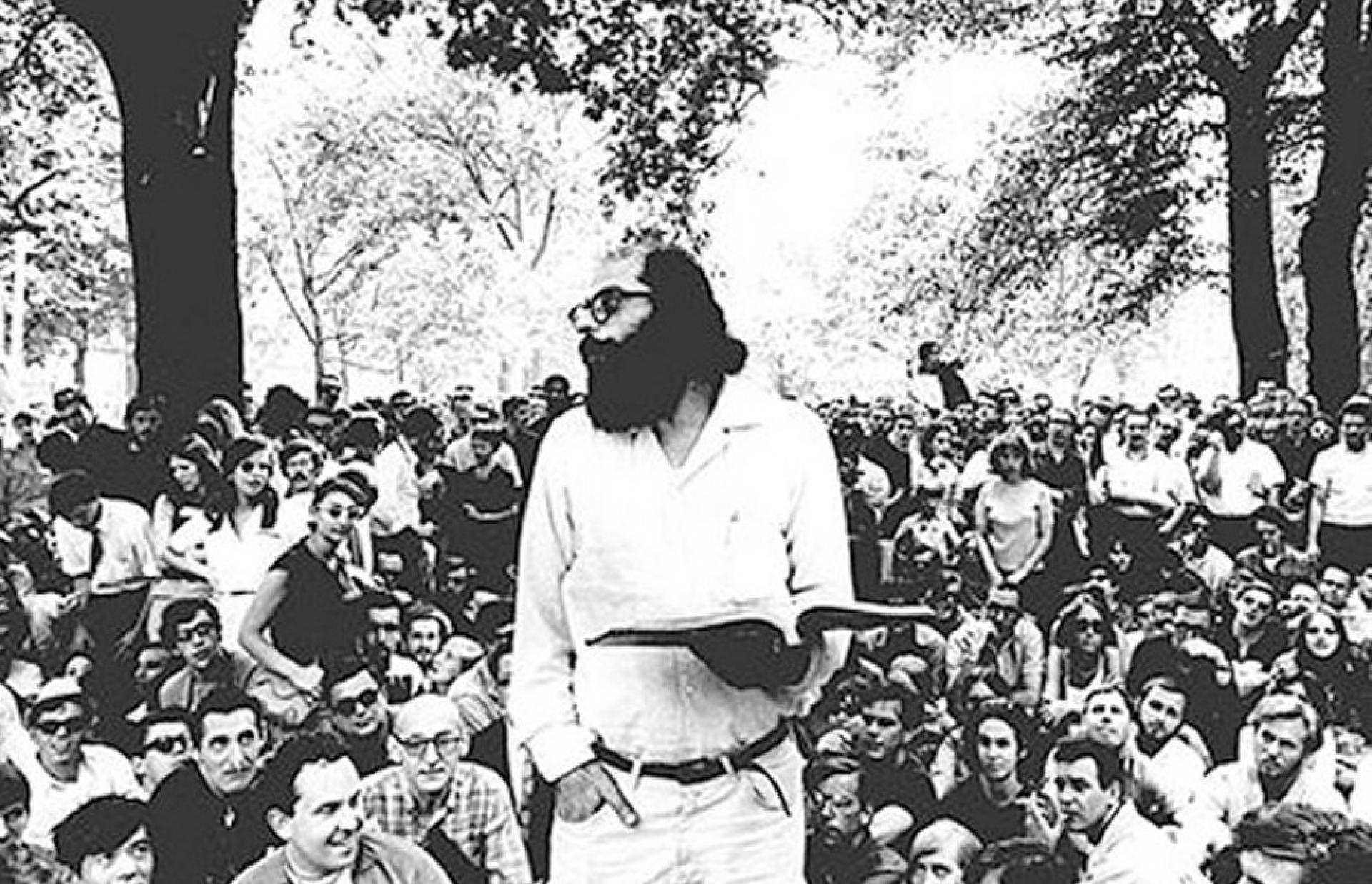


Festival dei Poeti by Simone Carella in Castelporziano, (1979) | Photo via Archivoluce and Culturamente
The Ephemeral, word used later to describe this precise cultural intention, has been conceived as the only possible answer to the complexity of the Years of Led. Political compromise among the lefts of the time, reaction to the fears of the cities or platform of culture diffusione the whole has to be first understood as potential of deep changes of society through something limited in time, making according to Michel Seuphor “The ephemeral [..] Eternal”.
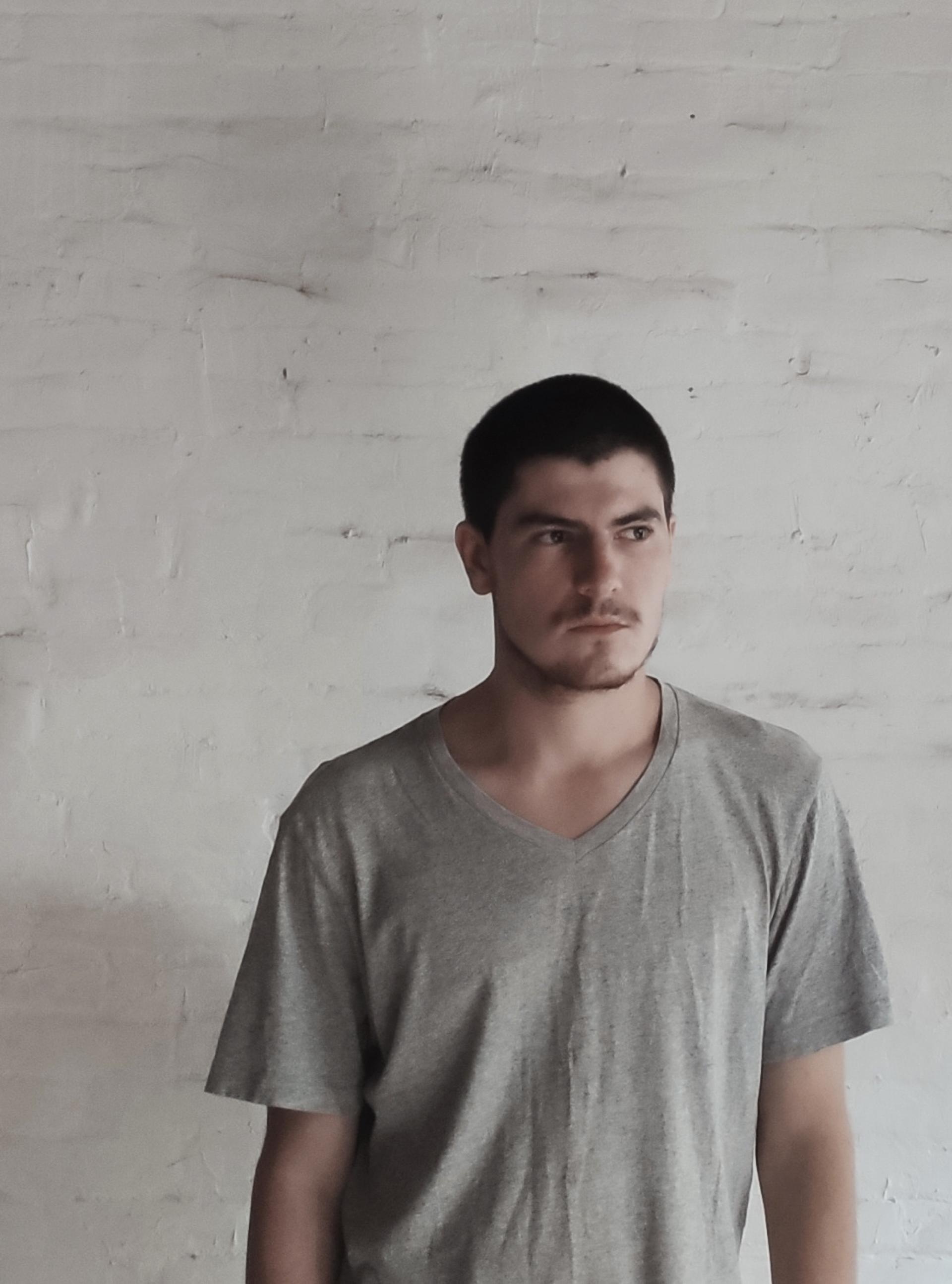
Jovan Minić (Krusevac, Serbia, 1994) studied at Accademia di Architettura di Mendrisio (Switzerland) and at Mackintosh School of Architecture (Glasgow School of Art, UK). In 2019, he graduated at AAM with honours with prof. Quintus Miller. In 2015-2016 he worked in Genova (Italy) at Francesca Torzo Architetto practice. During the last year, he has investigated under the supervision of prof. Christoph Frank the connections between architecture and semiotic, relating it to the context of Yugoslavian monumental heritage. He has curated different exhibitions during the last Milano Fuorisalone editions.